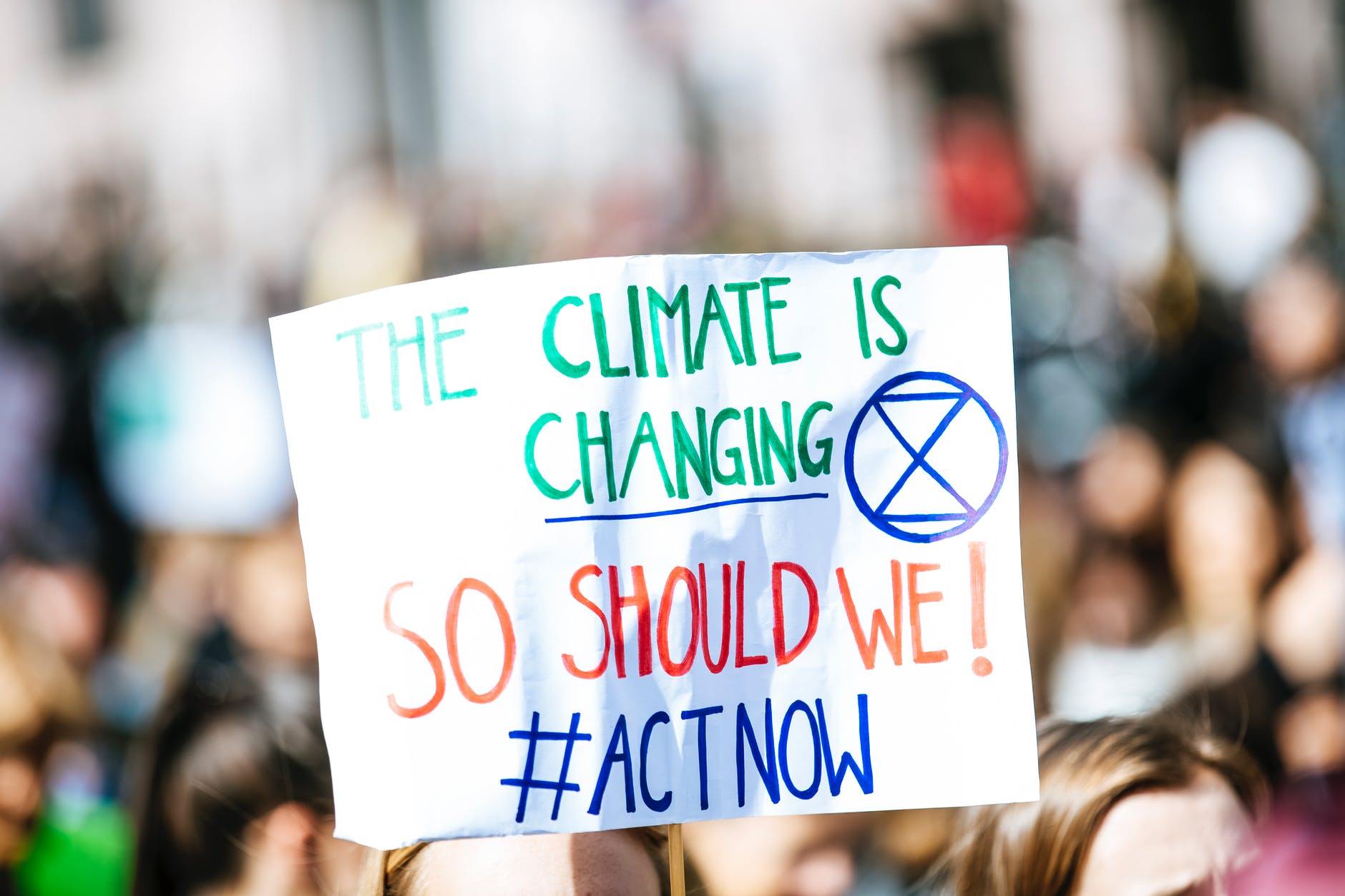Innovation and investment in lower-income cities essential to achieving global net-zero emissions by 2050
In a recent report released by the World Bank titled “Thriving: Making Cities Green, Resilient, and Inclusive in a Changing Climate,” it has been emphasized that cities are crucial in addressing the global climate challenge.
With over half of the world’s population residing in cities and responsible for approximately 70% of global greenhouse gas emissions, cities play a pivotal role in combatting climate change and safeguarding communities from its effects.
Drawing on data from more than 10,000 cities worldwide, the report highlights the significance of cities in improving people’s lives, generating prosperity, and mitigating the adverse impacts of climate change on vital resources such as food, water, and biodiversity.
It also examines the role of cities in contributing to climate change through greenhouse gas emissions and the vulnerabilities faced by urban households in the face of increasing extreme weather events like droughts, floods, and cyclones.
The report sheds light on the fact that while lower-income countries’ cities account for only 14% of global urban CO2 emissions, they will face the most severe climate-related hazards. To achieve the goal of net-zero emissions by 2050, it is essential for these cities to develop in a manner that diverges from the emissions trajectories of higher-income countries.
Without substantial investment and innovation in greening these cities, global greenhouse gas emissions will continue to exceed the necessary levels to limit global warming to 1.5 degrees Celsius, even if high- and upper-middle-income countries successfully transition to net-zero emissions by 2050.
Follow Us on Google News and help us grow – Click for Latest News
Axel van Trotsenburg, a spokesperson for the World Bank, emphasized the importance of cities in the fight against climate change, stating, “Cities are at the forefront of the climate fight. By 2050, an estimated 70% of all people will live in cities. This means today’s investments in making cities resilient and inclusive will determine whether most people will be able to access basic services, find jobs, and live with dignity.”
The report underscores the urgent need for cities to adopt comprehensive, environmentally friendly urban planning strategies that address interconnected challenges.
This includes investing in green spaces and sustainable infrastructure. As the urban population is expected to grow by 2.5 billion by 2050, urban water resources and infrastructure will face additional strain, making the protection and restoration of ecosystems, such as forests, vital for urban resilience and water security.
In sub-Saharan Africa alone, the urban population is projected to grow by 950 million, reaching 1.26 billion by 2050. It is crucial for lower-income countries to pursue a different development path, focusing on compact and connected urban growth rather than fragmented and sprawling patterns.
This shift is essential for both climate change mitigation and poverty reduction. If current policies persist, sub-Saharan Africa is projected to experience an 88% increase in greenhouse gas emissions by 2050.
Lower-income cities are already experiencing heightened exposure to various climate hazards such as floods, heat stress, cyclones, sea-level rise, water stress, and wildfires.
The projected exposure for the next decade is expected to be significantly higher in lower-income cities compared to higher-income counterparts. These cities are less resilient to shocks, facing severe economic impacts. They often absorb an influx of residents displaced by extreme weather events in rural areas.
Vulnerability is exacerbated by the lack of inclusiveness, leading to higher poverty rates and limited access to essential services like healthcare, education, and water.
The rapid expansion of cities to accommodate climate and other refugees often results in informal settlements on the city outskirts, exacerbating inequality, exclusion, and social tensions.
The report provides a set of recommendations, including information dissemination, incentives, insurance coverage, integration, and investments,


